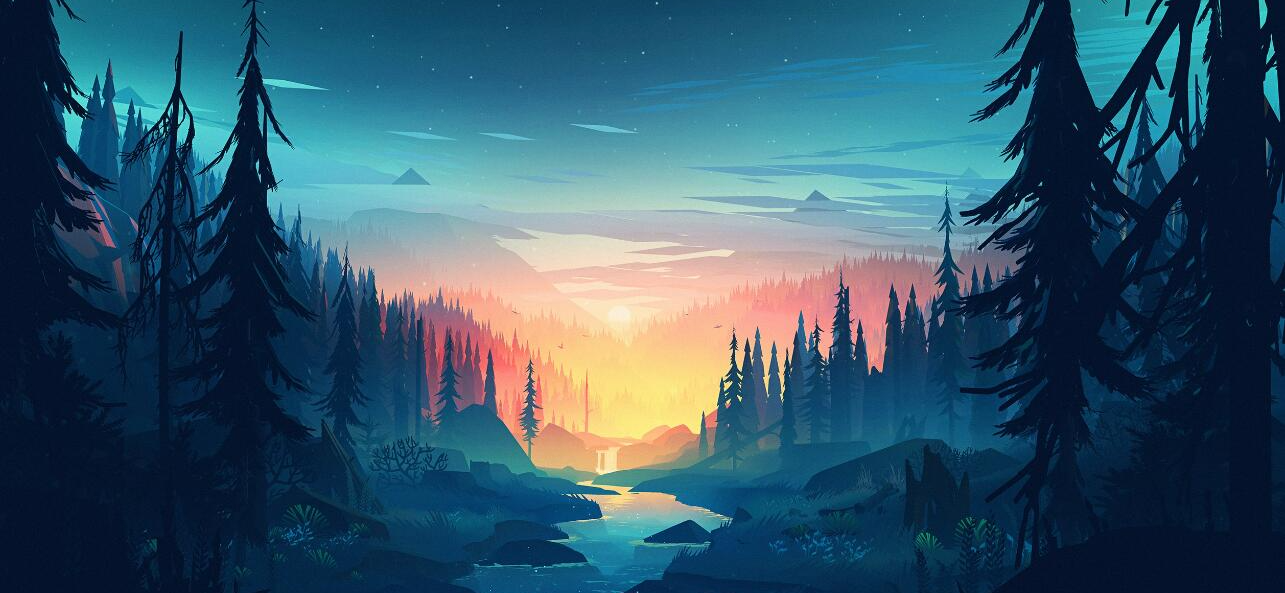In the 21st century, digital art, with its unique charm and infinite possibilities, is gradually becoming a force that cannot be ignored in the field of art. Digital art, as the name suggests, is an art form created or presented using digital technology, which covers many aspects from digital painting and digital photography to 3D modeling, animation, virtual reality art and so on.
The development of digital art can be traced back to the 1960s, with the rise of computer technology, artists began to experiment with the use of computers to create. From the original simple geometric figures to today's complex and realistic three-dimensional models and interactive art works, the form and expression of digital art have evolved continuously, bringing unprecedented visual experience to the audience.
The core of digital art lies in the perfect integration of technology and art. The continuous development of computer graphics, artificial intelligence, virtual reality and other technologies has provided digital artists with more abundant creative tools and means. Through these technologies, they can create a virtual world beyond reality and let the audience feel the charm of art.
In addition, digital art is highly replicable and interactive. Works can be easily spread and shared on the network, so that more people can appreciate the beauty of art. At the same time, many digital art works also allow the audience to participate and interact with the work by clicking, touching, etc., to create a personalized experience.

